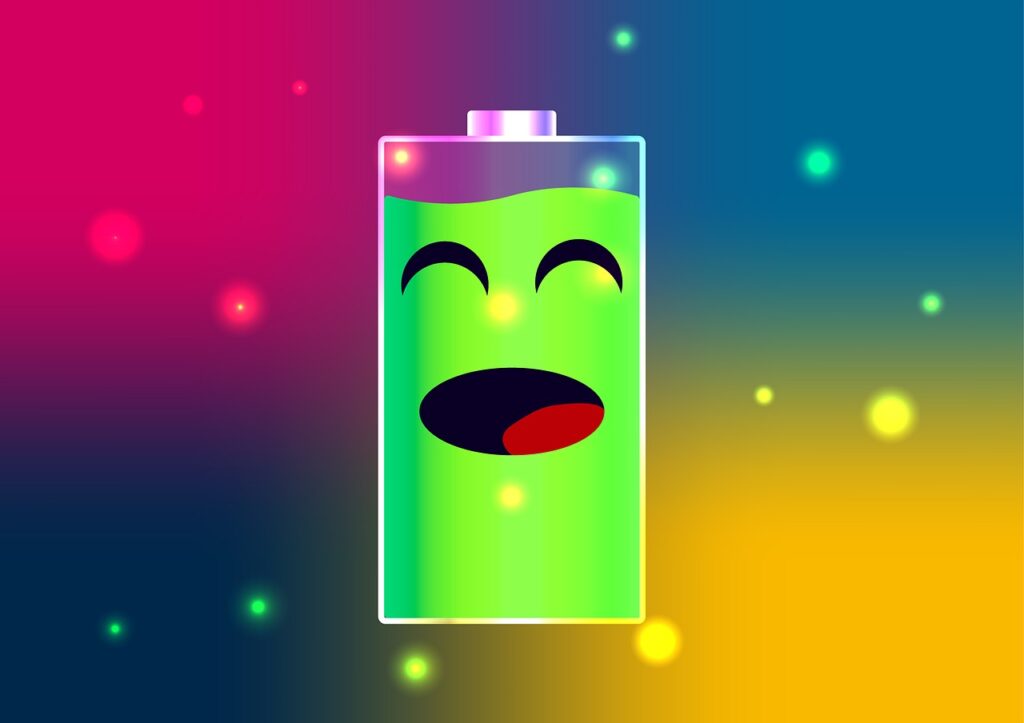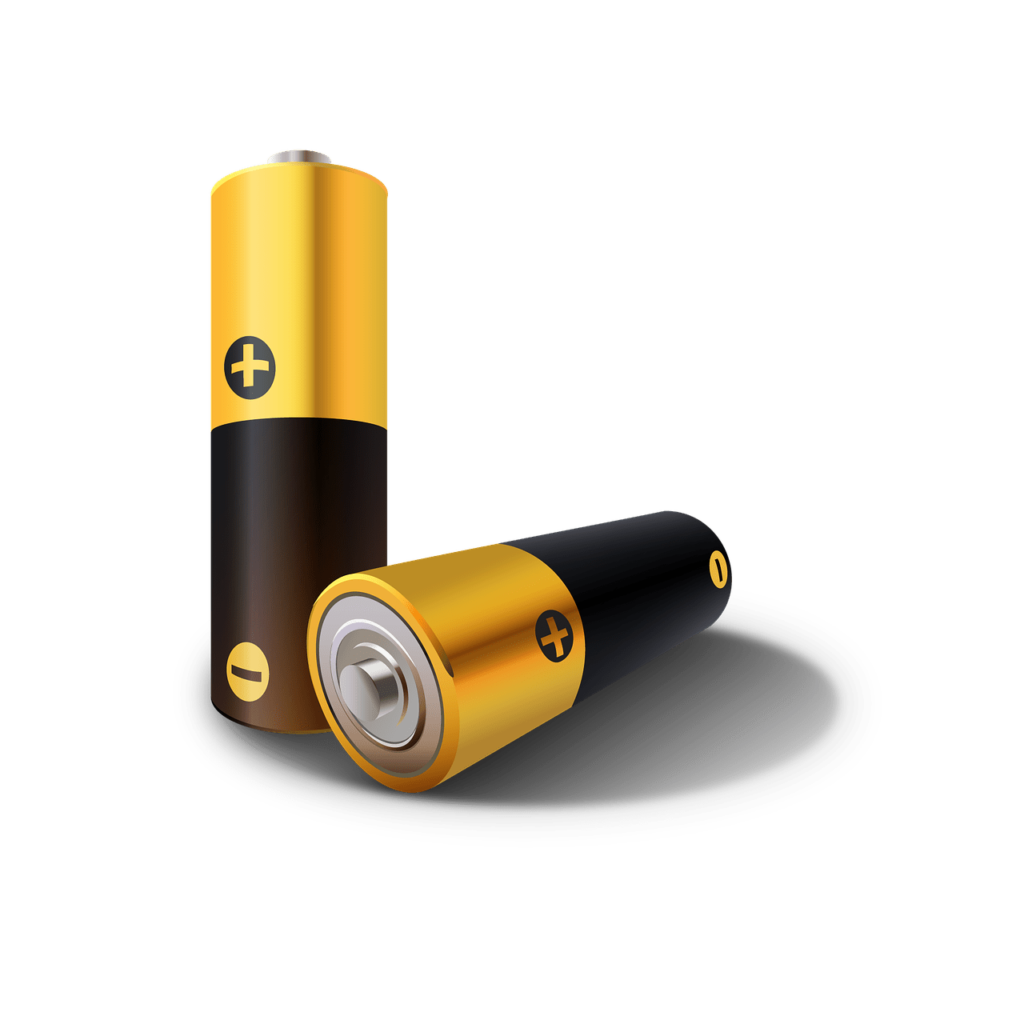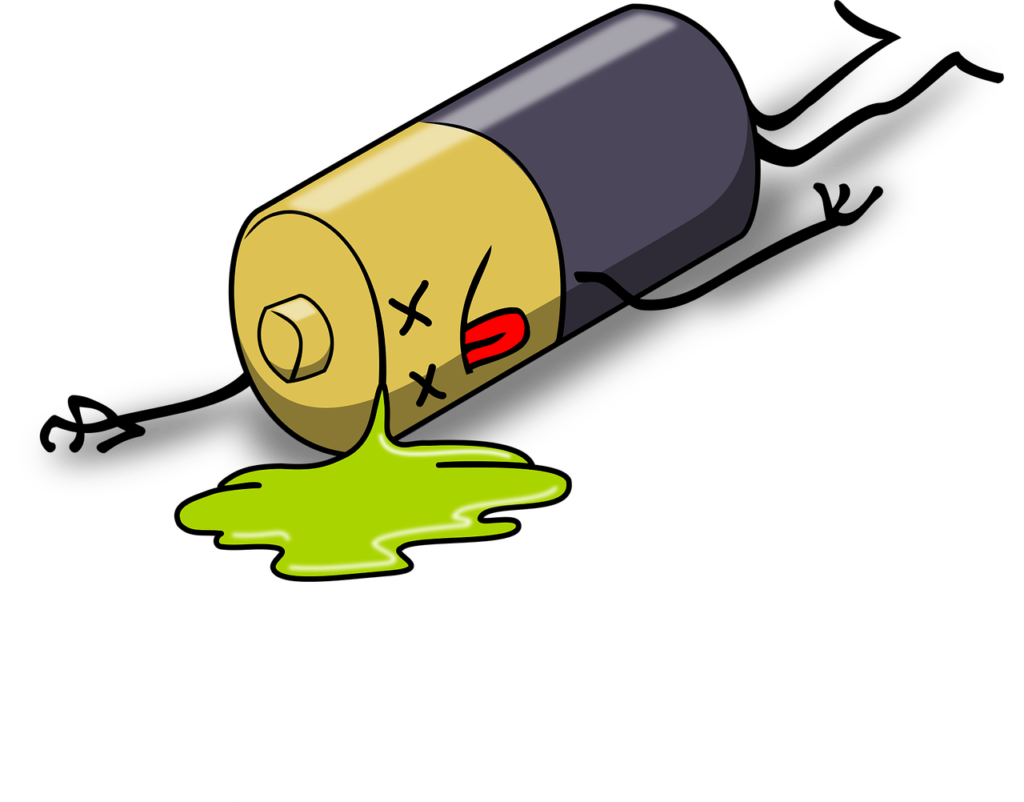Charging LFP (Lithium Iron Phosphate) batteries might seem complex, but it becomes straightforward once you understand the basics. In “How Do You Charge LFP Batteries?” you’ll discover essential tips and step-by-step instructions for safely and efficiently charging your LFP batteries. You’ll learn about the appropriate charging voltages, current settings, and why it’s crucial to use the right charger. By following this guide, you’ll ensure your batteries last longer and perform optimally, whether you’re using them for electric vehicles, solar energy storage, or portable electronics. Have you ever wondered how to charge LFP batteries properly? If you have, you’re in the right place. Lithium Iron Phosphate (LFP) batteries are becoming increasingly popular due to their superior thermal and chemical stability, offering improved safety and longer life cycles. However, like any other battery technology, proper charging is crucial to maximize their performance and lifespan. In this article, we’ll delve into the ins and outs of charging LFP batteries, providing you with a friendly yet comprehensive guide.
What Are LFP Batteries?
LFP batteries, or Lithium Iron Phosphate batteries, belong to the family of lithium-ion batteries. They stand out due to their superior thermal and chemical stability, making them one of the safest lithium-ion battery types available.
Benefits of LFP Batteries
LFP batteries offer several advantages, which include:
- Longer Lifespan: They have a cycle life of 2,000-3,000 cycles, much higher than other lithium-ion batteries.
- Safety: Enhanced thermal and chemical stability makes them less prone to combustion.
- Eco-Friendliness: They contain no cobalt, making them more environmentally friendly.
- High Discharge Rate: They can deliver high currents efficiently.
Applications
You’ll find LFP batteries in various applications, from electric vehicles and stationary energy storage systems to power tools and recreational vehicles.
Understanding the Basics of Charging LFP Batteries
Before diving into the specific charging methods for LFP batteries, it’s essential to understand some basic concepts that apply universally.
Voltage and Current
LFP batteries typically operate at a nominal voltage of 3.2V per cell, and they require a specific charging voltage to function correctly. While charging, you should aim for a voltage of around 3.65V per cell.
Charge Rates (C-Rates)
The charge rate, or C-rate, is a measure that indicates how quickly a battery is charged or discharged. A 1C rate means the battery will be charged in one hour, a 0.5C rate means two hours, and so on. LFP batteries usually support a charge rate of 1C, but charging at 0.5C is often recommended for enhanced longevity.
Charging Phases
Charging an LFP battery involves two main phases: Constant Current (CC) and Constant Voltage (CV).
- Constant Current (CC): During this phase, the charger supplies a constant current to the battery until it reaches a specific voltage.
- Constant Voltage (CV): Here, the voltage remains constant while the current gradually decreases until it’s sufficiently low or the battery is fully charged.

Step-by-Step Guide to Charging LFP Batteries
Now that you understand the basics, let’s get down to the actual steps involved in charging an LFP battery.
Step 1: Preparation
Before you start charging, ensure that:
- The battery is not damaged.
- You are using a charger compatible with LFP batteries.
- The charging environment is at a moderate temperature (ideally between 10°C and 30°C).
Step 2: Initial Check
Connect the battery to the charger and verify that the voltage is within the acceptable range. If the battery voltage is too low (below 2.0V per cell), special charging strategies might be required.
Step 3: Constant Current (CC) Phase
Set your charger to the constant current mode. Typically, a charge rate of 0.5C to 1C is ideal. Allow the battery to charge at this rate until it reaches approximately 3.55V to 3.65V per cell.
Step 4: Constant Voltage (CV) Phase
Once the battery hits the designated voltage, switch the charger to constant voltage mode. Maintain the voltage at around 3.65V per cell and allow the current to taper off gradually.
Step 5: Termination
When the current drops to a very low amount (typically 0.05C), you can consider the battery fully charged. Disconnect the charger to prevent overcharging.
Step 6: Post-Charging Care
After charging, it is good practice to let the battery rest at room temperature before putting it into use. This allows for any minor chemical imbalances to stabilize.
Common Mistakes to Avoid
To keep your LFP batteries in top condition, here are some common charging mistakes to steer clear of:
Overcharging
Overcharging can drastically reduce the lifespan of your LFP battery and even pose safety risks. Always use a charger with proper cutoff mechanisms to avoid this.
Deep Discharging
Discharging an LFP battery to below 2.0V per cell can cause irreversible damage. Most devices come with built-in battery management systems (BMS) to prevent this, but it’s good to be aware.
Rapid Charging
Charging at too high a current (above 1C) may shorten the battery’s life. Stick to the manufacturer’s recommended charge rates.

Choosing the Right Charger
Not all chargers are created equal, and using the wrong one can severely impact your battery’s health. Here’s what to look for when selecting a charger for LFP batteries.
Compatibility
First and foremost, the charger should be designed explicitly for LFP chemistry. Using a charger for a different type of lithium-ion battery can be detrimental.
Adjustable Settings
A good charger should allow you to adjust the voltage and current settings. This flexibility lets you optimize the charging process according to your needs.
Safety Features
Look for chargers equipped with safety features such as:
- Overcharge Protection: Automatically cuts off the charging process when the battery is fully charged.
- Temperature Monitoring: Prevents overheating, which can degrade battery performance.
- Short Circuit Protection: Guards against electrical faults.
Recommended Chargers
Here’s a comparison table of some popular chargers suited for LFP batteries:
| Charger Model | Max Charge Rate | Adjustable Settings | Safety Features | Price Range |
|---|---|---|---|---|
| ABC Charger 123 | 1C | Yes | Overcharge Protection, Temperature Monitoring | $50-$70 |
| XYZ Smart Charger | 0.5C-1C | Yes | Short Circuit Protection, Temperature Monitoring | $70-$90 |
| DEF Pro Charger | 1C | Yes | Overcharge and Overheat Protection | $60-$80 |
Battery Management Systems (BMS)
A Battery Management System (BMS) is an essential component when it comes to charging LFP batteries. It helps manage the charging and discharging process, ensuring safety and efficiency.
Functions of a BMS
A BMS typically performs the following functions:
- Monitoring: Keeps track of the voltage, current, and temperature of the battery pack.
- Balancing: Ensures that all cells are charged and discharged uniformly.
- Protection: Prevents overcharging, over-discharging, and overheating.
- Communication: Provides data to external devices, like displays or control systems, for real-time monitoring.
Types of BMS
There are two main types of BMS you can consider:
- Passive BMS: Uses resistors to dissipate excess energy. It’s simpler but can be less efficient.
- Active BMS: Uses capacitors or inductors to transfer energy between cells. It’s more efficient but also more complex and expensive.

Temperature Considerations
Temperature plays a crucial role in charging LFP batteries. Both high and low temperatures can affect performance and lifespan.
Charging in Cold Conditions
Charging LFP batteries below 0°C can lead to lithium plating, which is detrimental to battery health. If you must charge under cold conditions, ensure the batteries are pre-warmed.
Charging in Hot Conditions
Excessive heat can accelerate the degradation of battery cells. Always charge LFP batteries in a temperature-regulated environment, ideally between 10°C and 30°C.
Built-in Temperature Sensors
Many modern LFP batteries come with built-in temperature sensors that work in conjunction with the BMS to regulate the charging process. This helps to ensure optimal performance and longevity.
Storage Tips When Not in Use
Proper storage can significantly extend the lifespan of your LFP batteries. Here are some best practices:
Partial Charging
Unlike other battery chemistries, LFP batteries should be stored at around 50% state-of-charge (SOC) rather than fully charged.
Temperature
Store the batteries in a cool, dry place to minimize self-discharge and degradation. Avoid temperatures above 45°C and below -20°C.
Regular Checks
If you’re storing batteries for an extended period, check the voltage every few months to ensure they have not dipped below 2.5V per cell.
Isolation
Keep the batteries isolated to avoid accidental short-circuits. Using insulating materials and storing them in non-metallic containers can help.
Troubleshooting Common Charging Issues
Despite your best efforts, sometimes things can go wrong during charging. Here’s how to troubleshoot some common problems:
Battery Not Charging
- Check Connections: Ensure all connections are secure.
- Inspect Charger: Verify that the charger is functioning correctly.
- BMS Issues: The BMS may have triggered a protective shutdown. Resetting the BMS might solve the problem.
Slow Charging
- Current Setting: Check if the charger is set to a very low current.
- Temperature: Ensure that the battery isn’t too cold or too hot.
- Aging: Older batteries naturally charge slower, indicating it may be time for a replacement.
Excessive Heating
- Current Too High: Charging at too high a current can cause overheating.
- Environmental Temperature: Ensure the charging environment is within the recommended temperature range.
- Cooling: Some setups may require active cooling solutions like fans or heatsinks.
Advanced Charging Techniques
For those looking to get the most out of their LFP batteries, here are some advanced techniques you can employ:
Pulsed Charging
Pulsed charging involves periodically interrupting the charging current. This can help reduce heat buildup and improve battery lifespan.
Multi-Stage Charging
Multi-stage charging uses a combination of different charging phases to optimize for different battery conditions. This can range from soft-start techniques to additional constant voltage phases.
Smart Chargers
Smart chargers come with built-in microprocessors that automatically adjust the charging parameters based on the battery’s condition. These chargers often include diagnostics features and can significantly extend battery life.
Environmental and Safety Considerations
When charging LFP batteries, it’s essential to consider not just the technical aspects but also the environmental and safety aspects.
Environmental Impact
LFP batteries are better for the environment because they don’t contain cobalt, a mineral often associated with unethical mining practices. However, proper recycling is still crucial.
Safety Precautions
- Avoid Water: Keep batteries and chargers away from water to prevent short circuits.
- Fire Safety: Always charge batteries in a well-ventilated area and avoid flammable materials.
- Proper Disposal: Follow local regulations for battery disposal to minimize environmental impact.
Regulatory Compliance
Ensure that both the batteries and chargers comply with relevant local and international safety standards, such as UL or CE certifications. These certifications indicate that the products have been tested rigorously for safety.
Future Trends in LFP Battery Charging
The field of battery technology is continually evolving. Here are some trends to watch:
Faster Charging
Research is ongoing to develop faster charging technologies for LFP batteries without compromising their lifespan. Solid-state electrolytes and advanced cooling methods are among the most promising areas of research.
Improved Battery Management Systems
Next-generation BMS are becoming smarter with features like AI-driven diagnostics and wireless communication. These advancements will make battery management more efficient and user-friendly.
Renewable Energy Integration
As renewable energy sources become more prevalent, the ability to efficiently charge LFP batteries using solar or wind energy is becoming increasingly important. Look for innovations that improve the efficiency of converting renewable energy into stored battery power.
Conclusion
Charging LFP batteries correctly involves more than just plugging them in and waiting. It requires an understanding of various factors like voltage, current, temperature, and the type of charger you’re using. By following the guidelines outlined in this article, you can ensure that your LFP batteries serve you well for many years to come. Happy charging!

